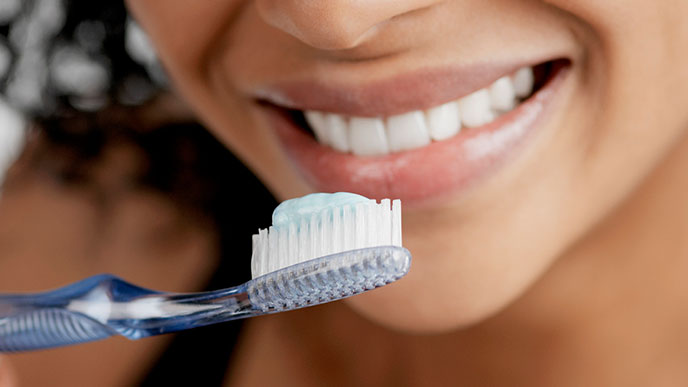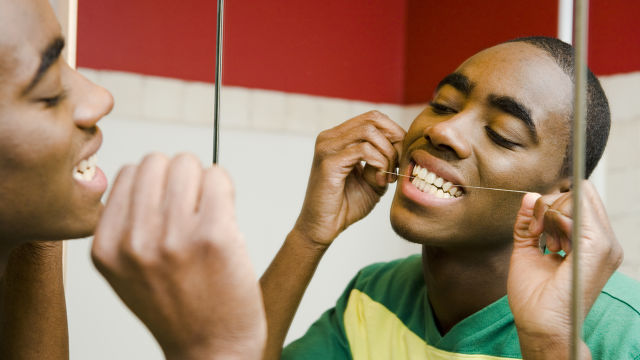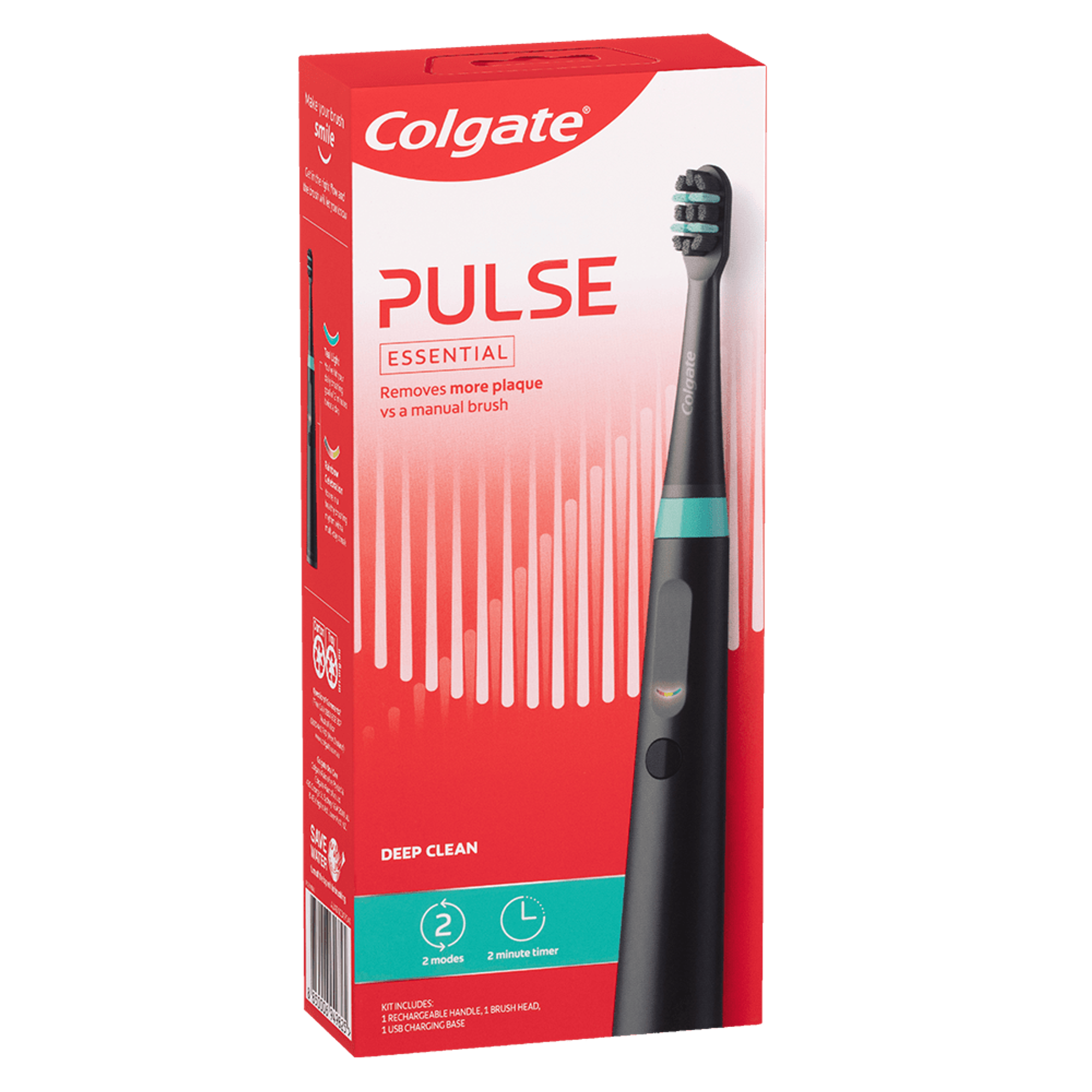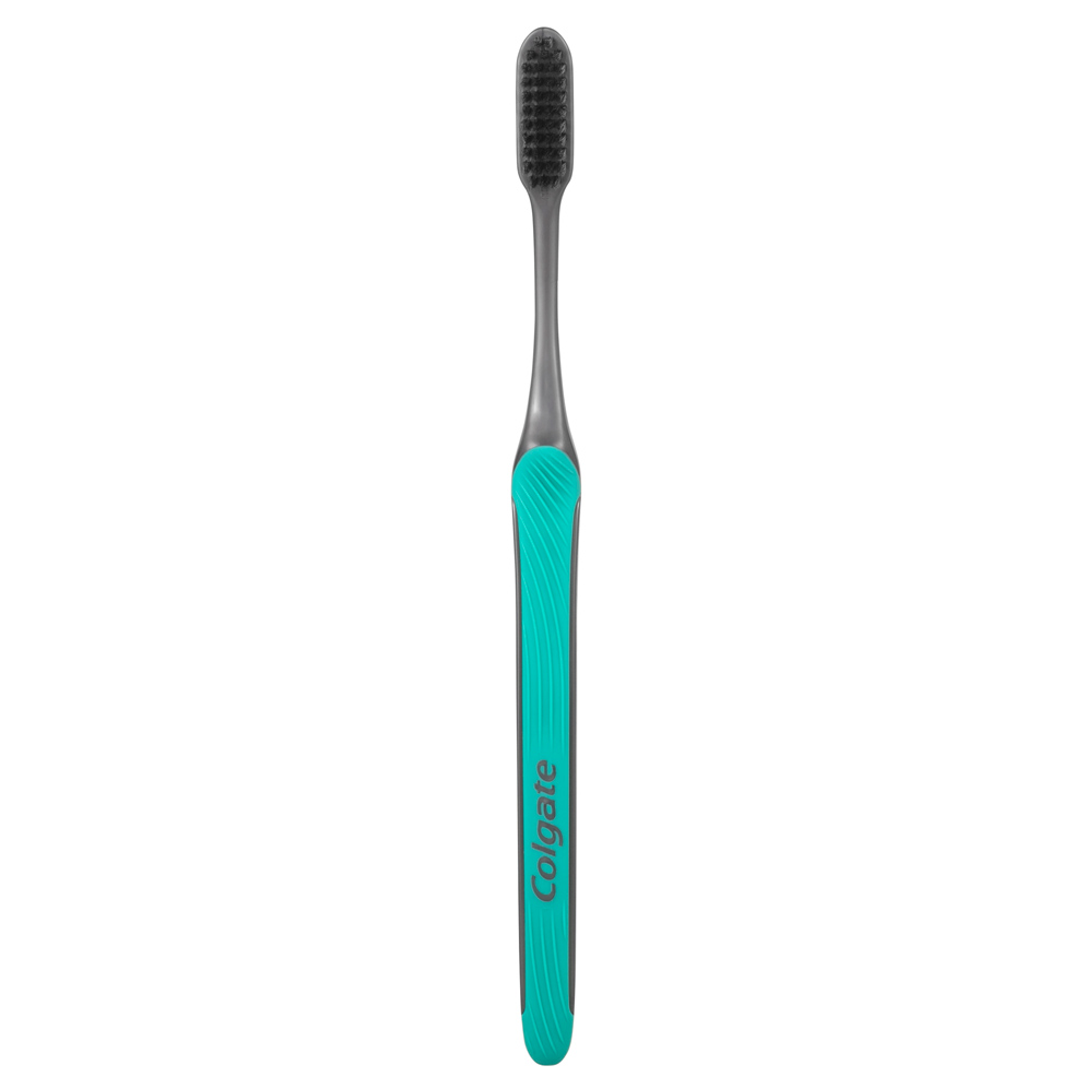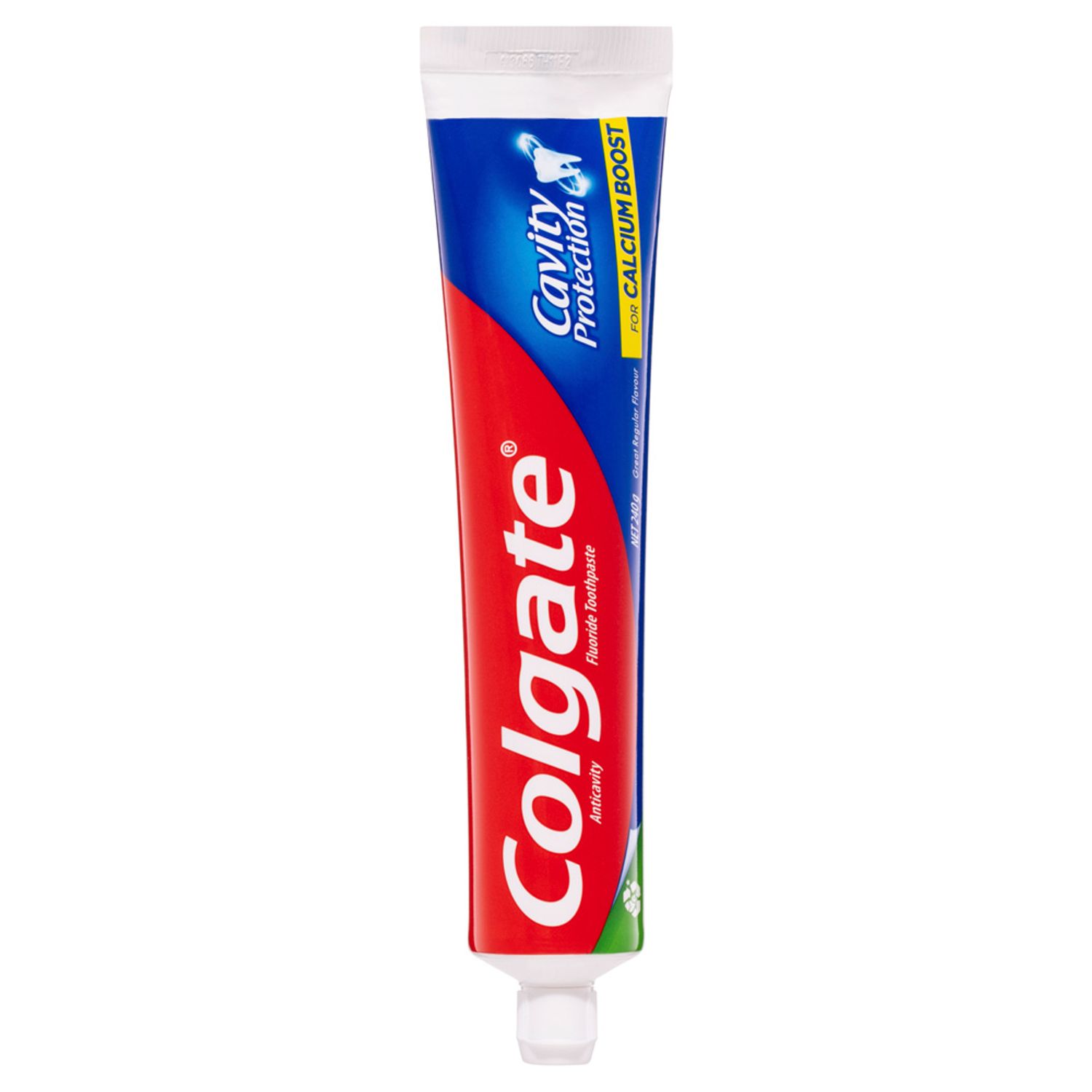What is Teeth Bonding?
Bonding is the application of a tooth-coloured composite resin (plastic) to repair a decayed, chipped, fractured or discoloured tooth. Unlike veneers, which are manufactured in a laboratory and require a customised mould to achieve a proper fit, bonding can be done in a single visit. The procedure is called bonding because the material bonds to the tooth.
What it's used for?
Bonding is among the easiest and least expensive of cosmetic dental procedures. The composite resin used in bonding can be shaped and polished to match the surrounding teeth. Most often, bonding is used for cosmetic purposes to improve the appearance of a discoloured or chipped tooth. It also can be used to close spaces between teeth, to make teeth look longer or to change the shape or colour of teeth.
Sometimes, tooth bonding is also used as a cosmetic alternative to amalgam fillings, or to protect a portion of the tooth's root that has been exposed when gums recede.
Preparation
No, or very little, preparation is needed for bonding. Anaesthesia often is not necessary, unless the bonding is being used to fill a decayed tooth.
How Bonding Teeth is Done
Your dentist will use a shade guide to select the composite resin colour that will match the colour of the tooth most closely.
Once your dentist has chosen the colour, he or she will slightly abrade or etch the surface of the tooth to roughen it. The tooth will be coated lightly with a conditioning liquid, which helps the bonding material adhere.
When the tooth is prepared, your dentist will apply the tooth-coloured, putty-like resin. The resin is moulded and smoothed until it's the proper shape. Then the material is hardened with an ultraviolet light or laser.
After the bonding material hardens, your dentist will further trim and shape it. Then he or she will polish the material until it matches the sheen of the rest of the tooth surface.
It usually takes about 30 minutes to an hour to complete the procedure. If you're having more than one tooth done, you may need to schedule several visits.
Tea, coffee, cigarette smoke and other substances can stain the resin. To prevent or minimise stains, it's essential to avoid eating or drinking foods that can stain for the first 48 hours after any composite procedure. In addition, brush your teeth often and have them cleaned regularly by a dental professional.
Risks
The composite resin used in bonding isn't nearly as strong as a natural tooth. Biting your fingernails or chewing on ice or pens can chip the material. Bonding usually lasts several years before it needs to be repaired. How long it actually lasts depends on how much bonding was done and your oral habits.
When to Call a Professional
In the days after having the bonding done, call your dentist if you notice sharp edges on the bonded teeth, or your teeth feel strange or "off" when you bite down.
At any time, call your dentist if the bonding chips or pieces fall out.
©2001-2003 InteliHealth Inc. All rights reserved.
This article is intended to promote understanding of and knowledge about general oral health topics. It is not intended to be a substitute for professional advice, diagnosis or treatment. Always seek the advice of your dentist or other qualified healthcare provider with any questions you may have regarding a medical condition or treatment.






